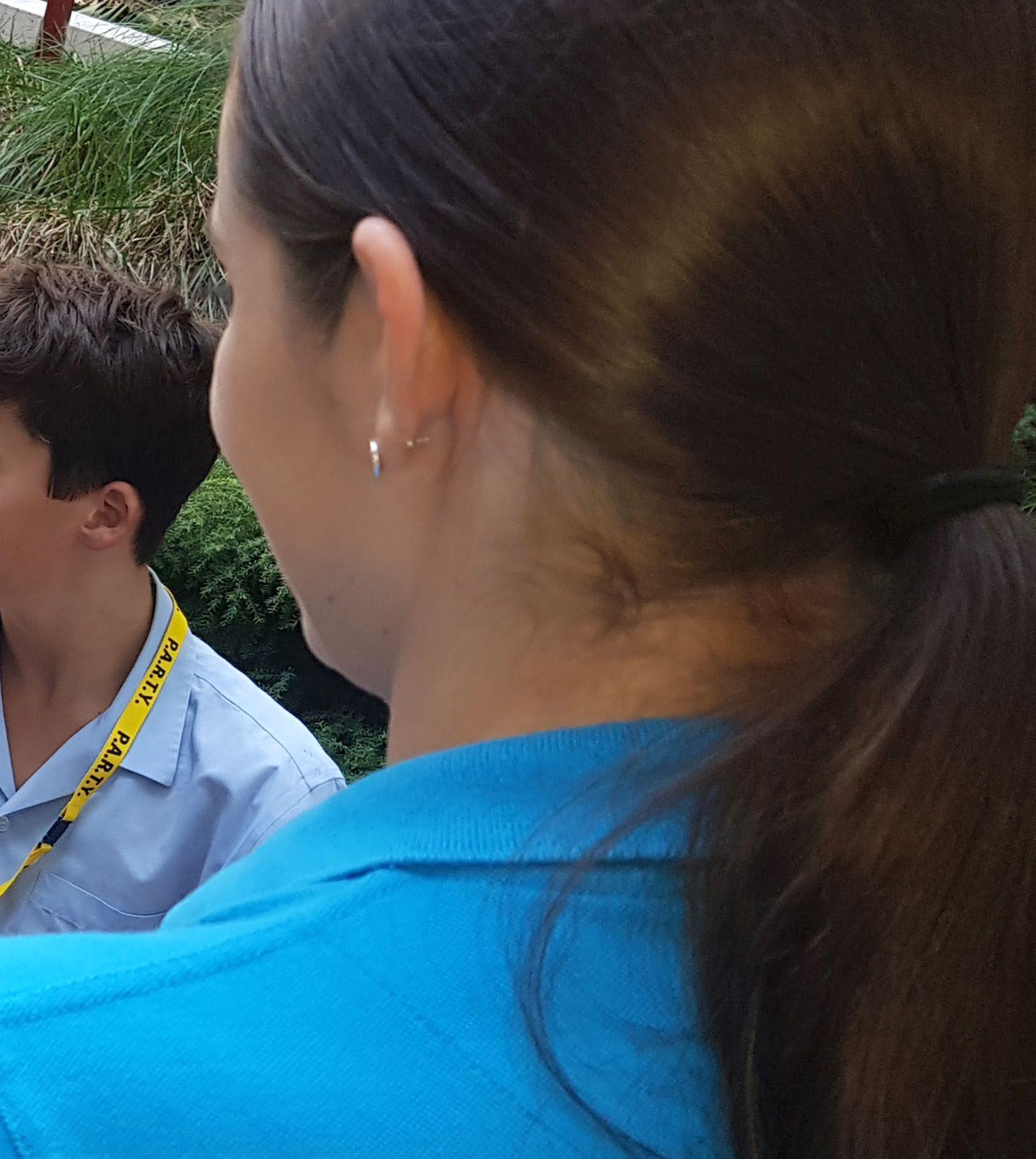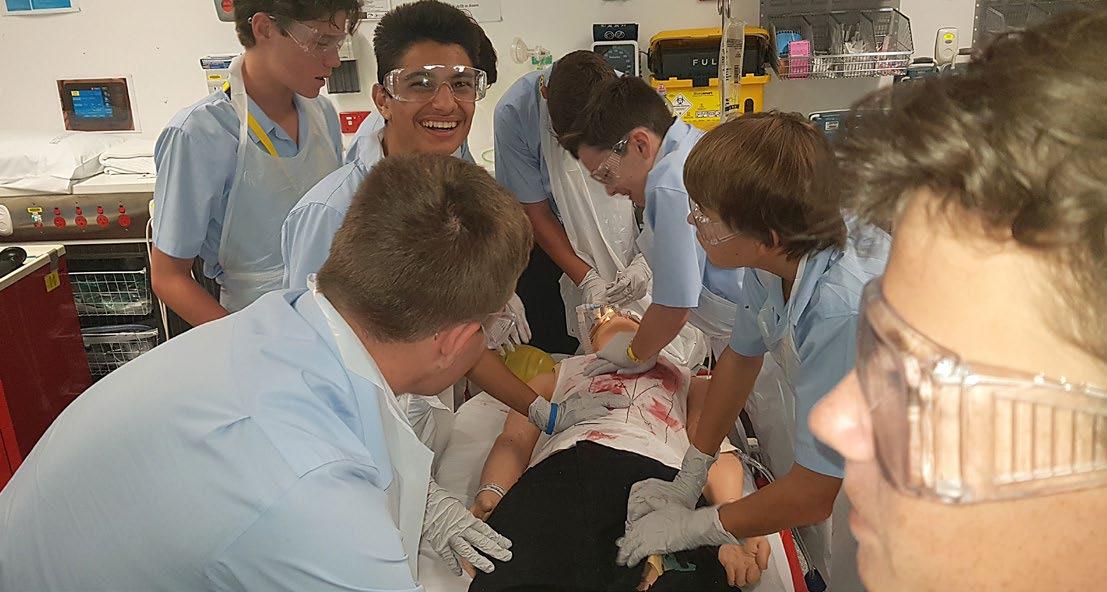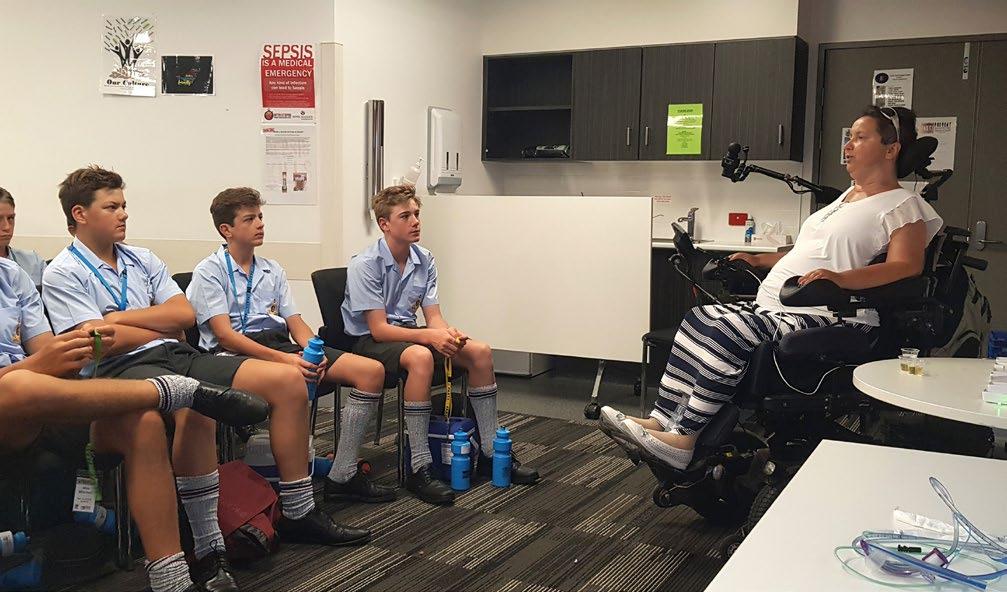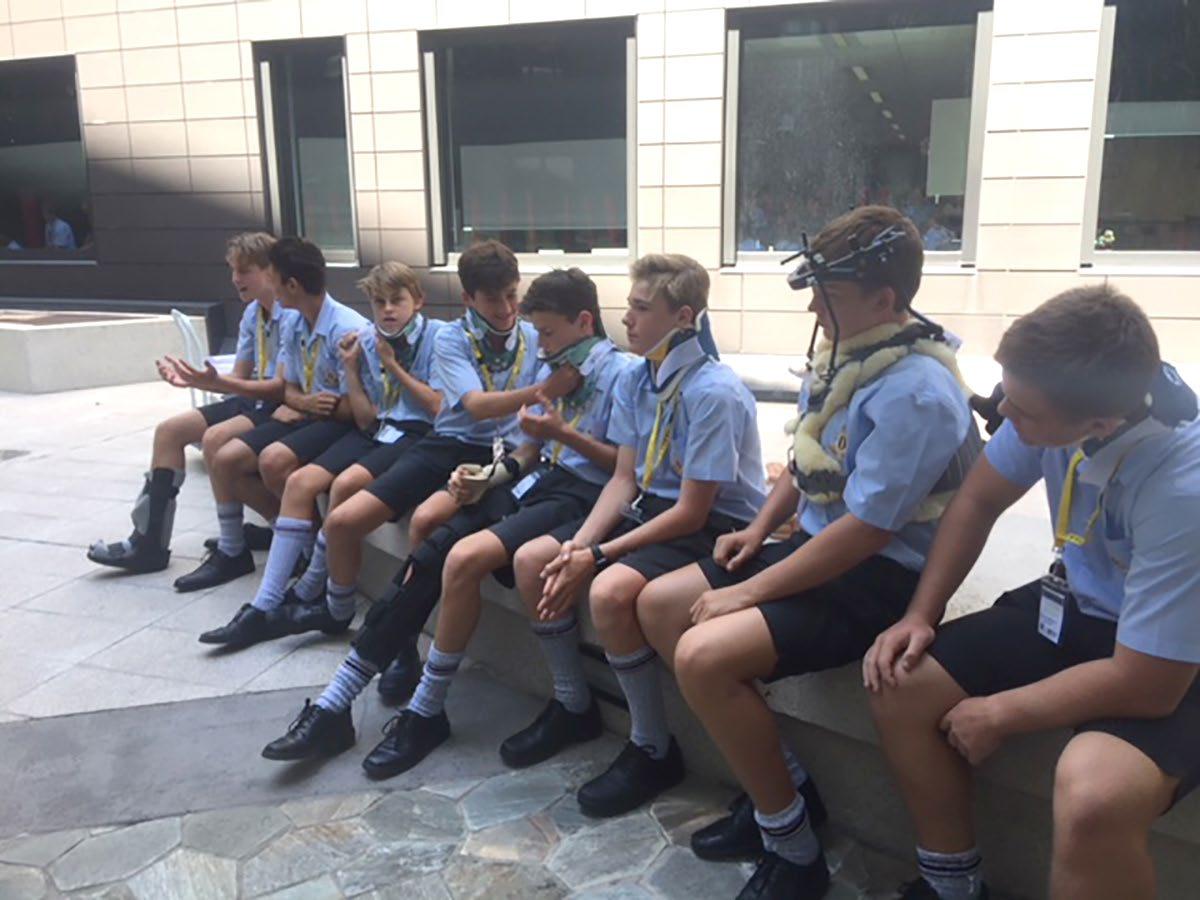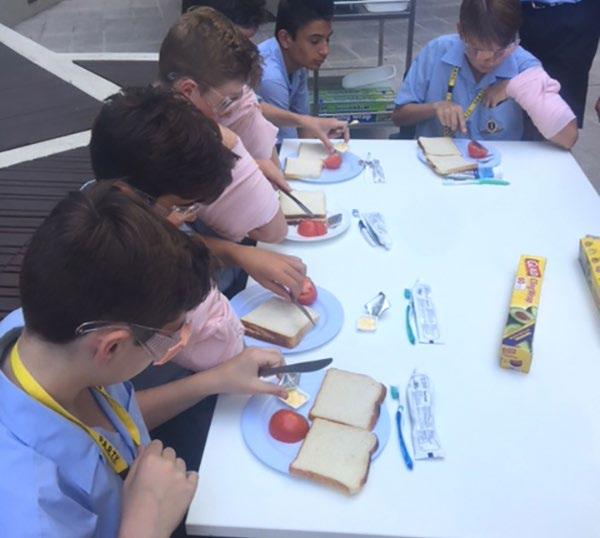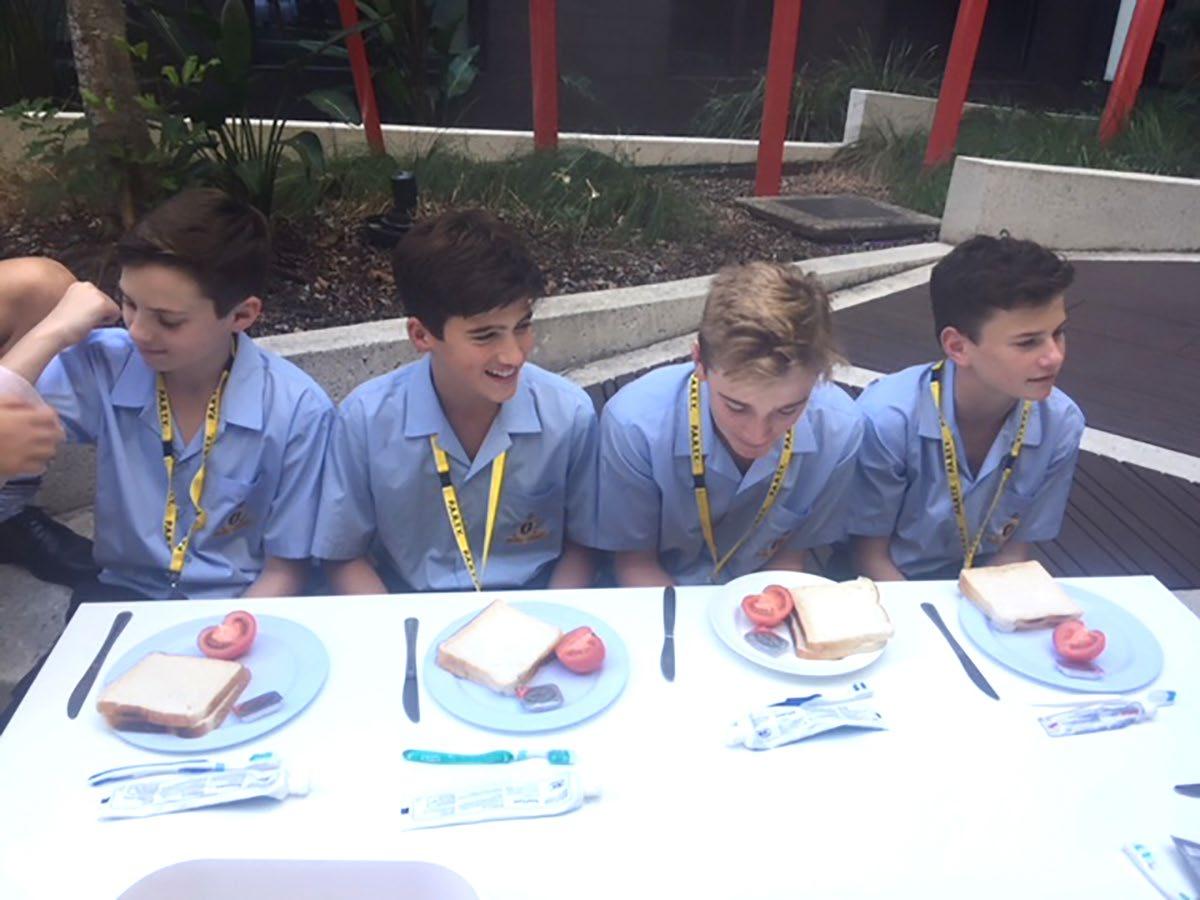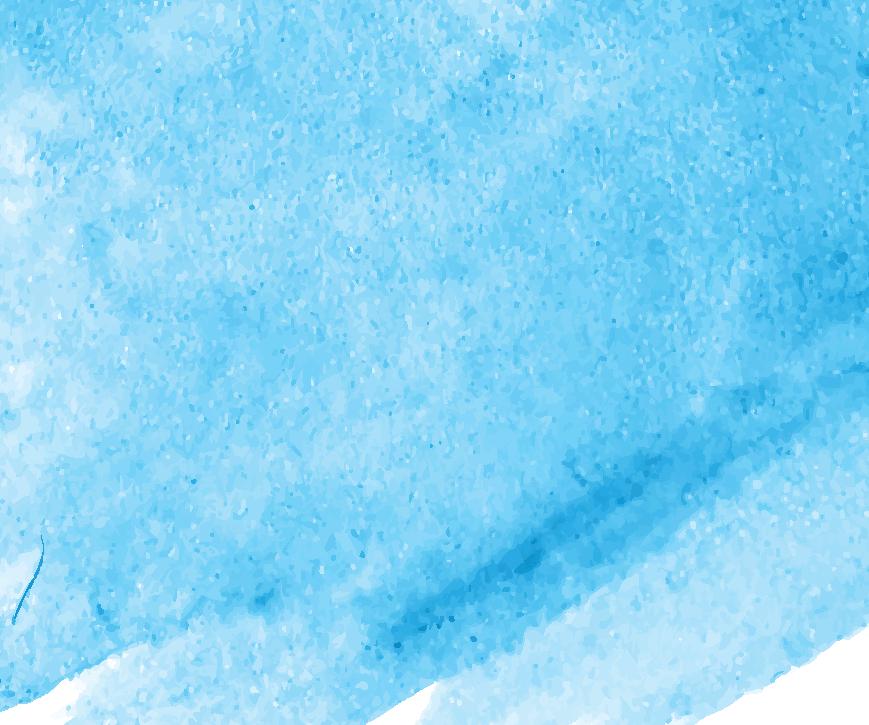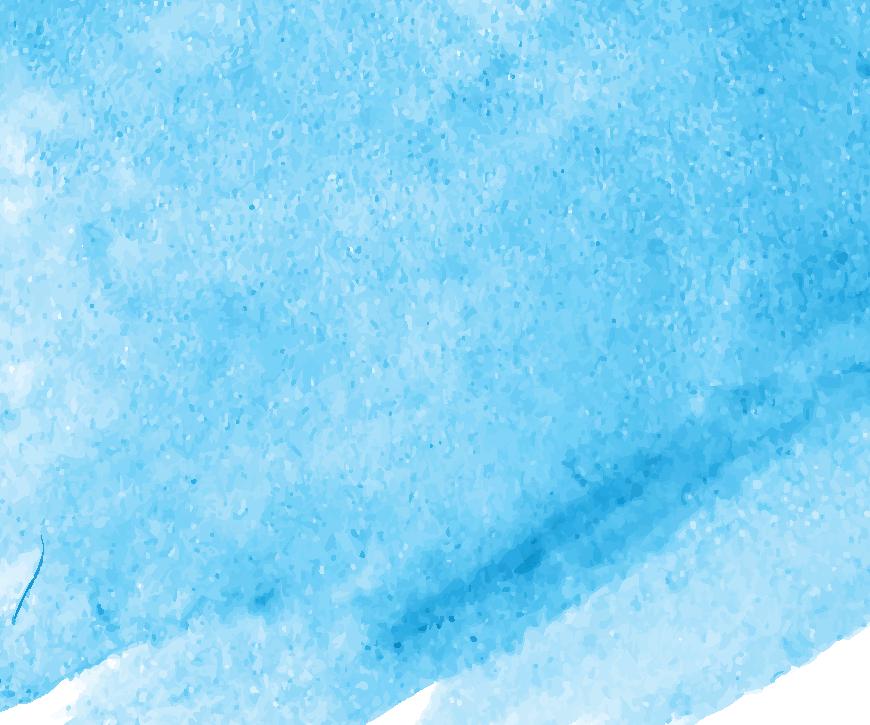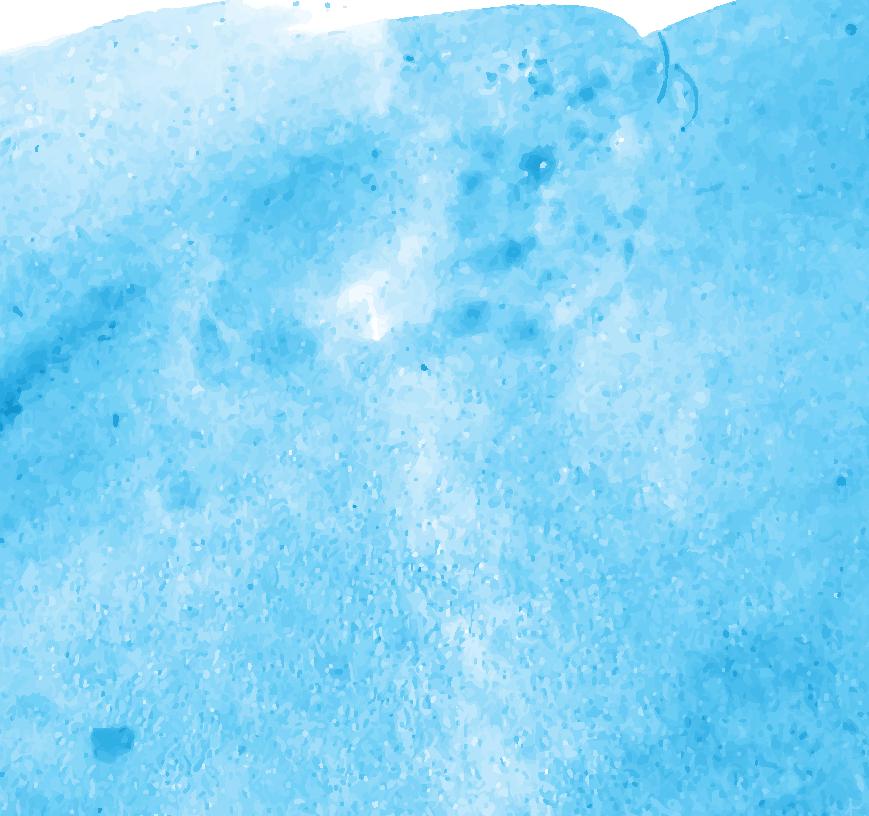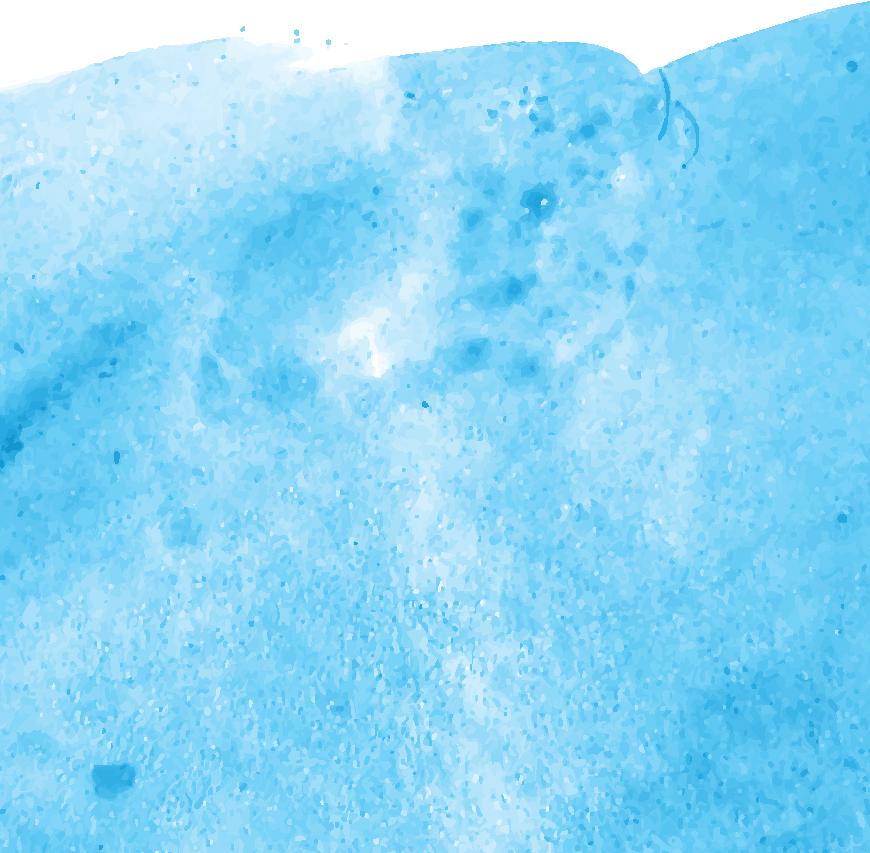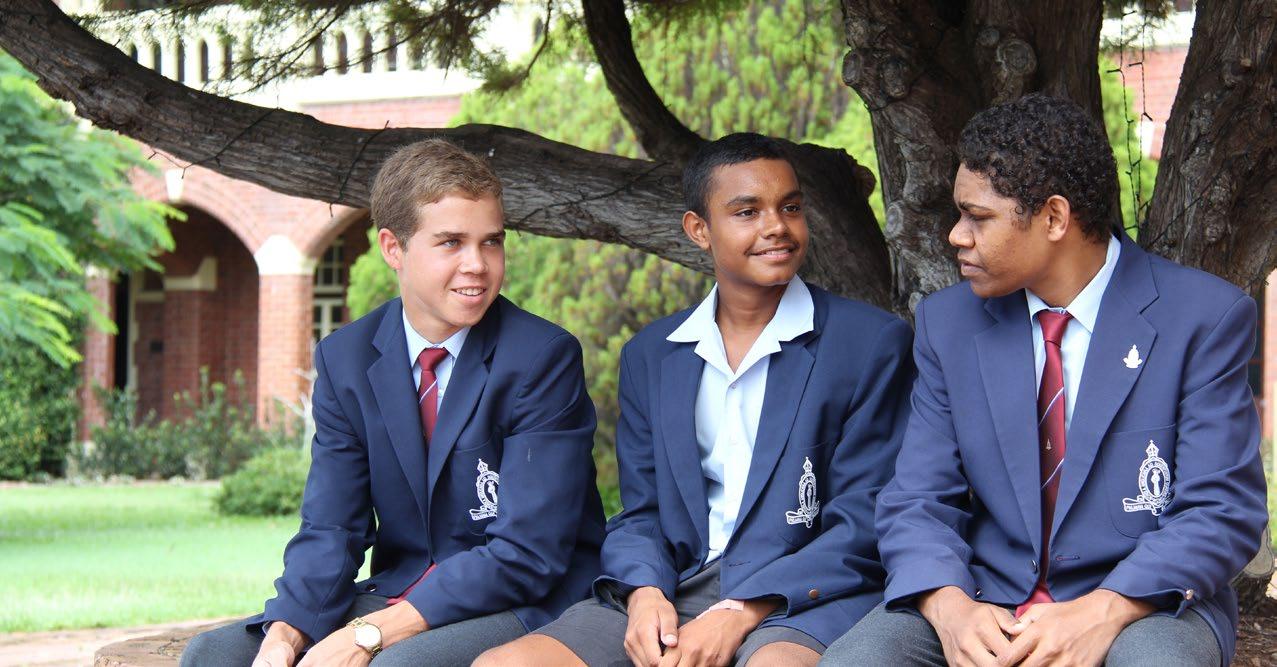
4 minute read
P.A.R.T.Y Program Excursion
Program Excursion
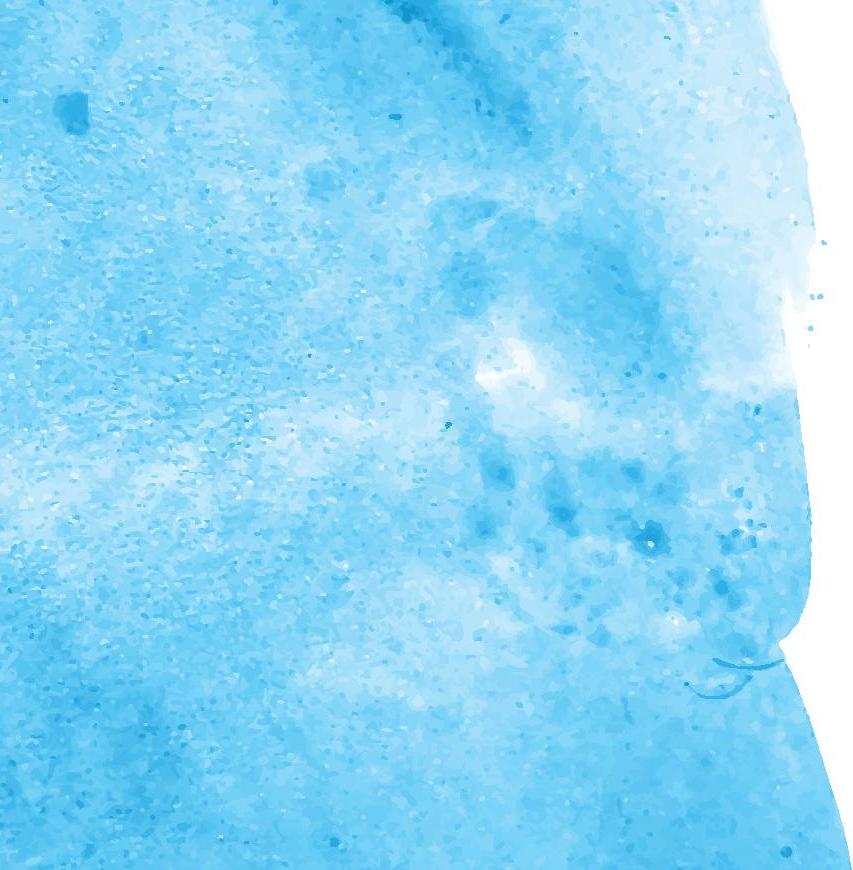
Advertisement
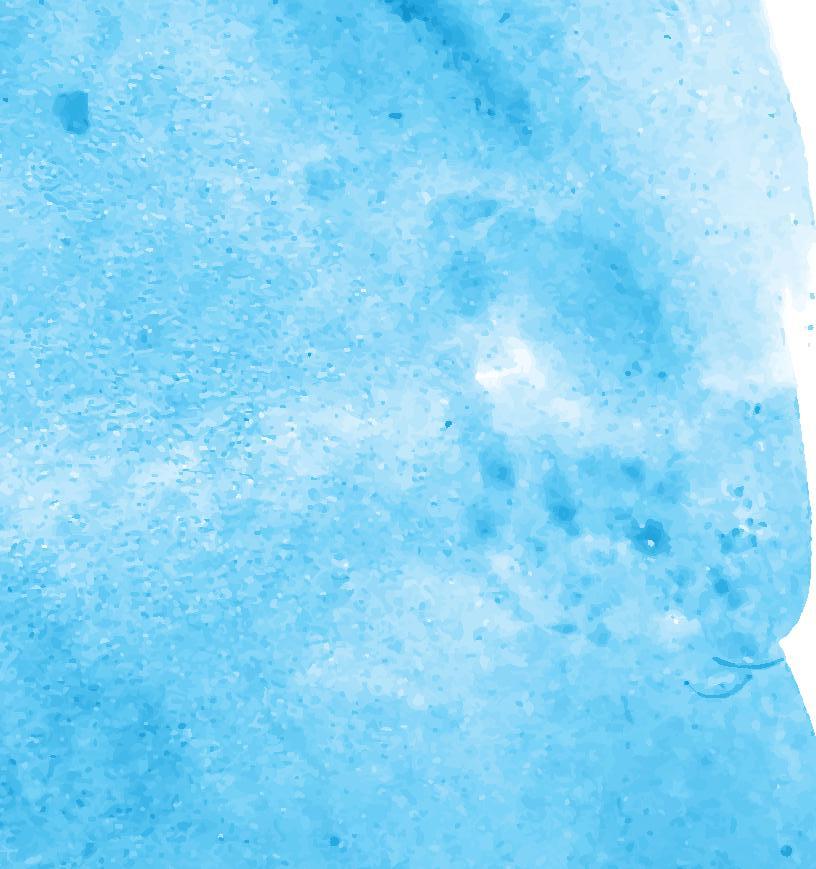
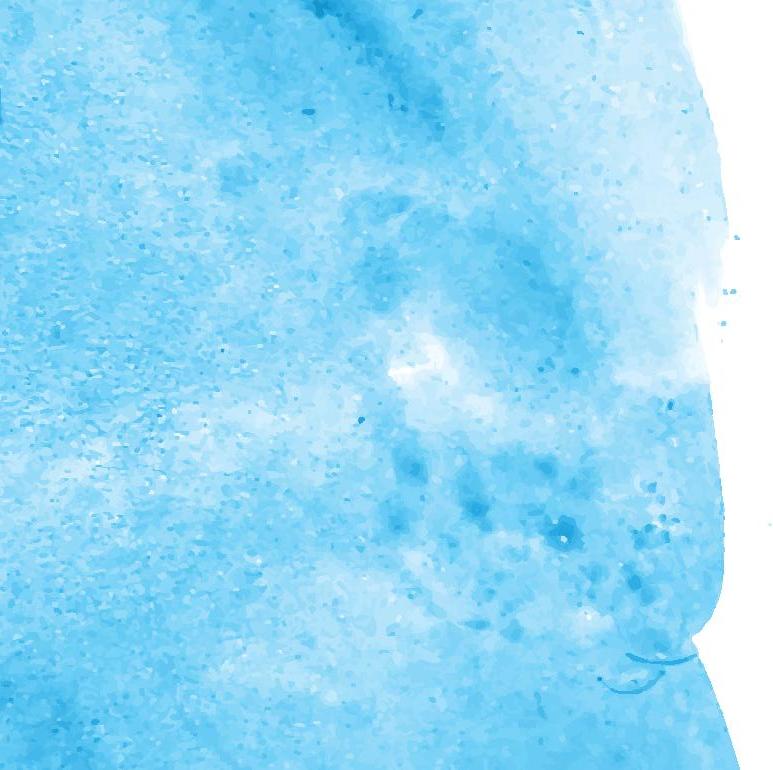



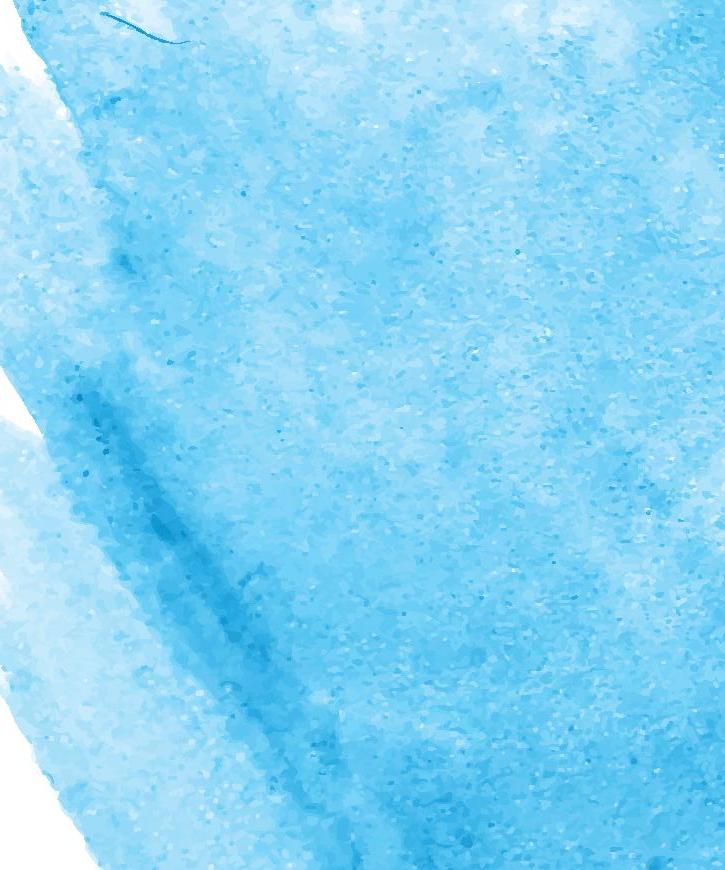
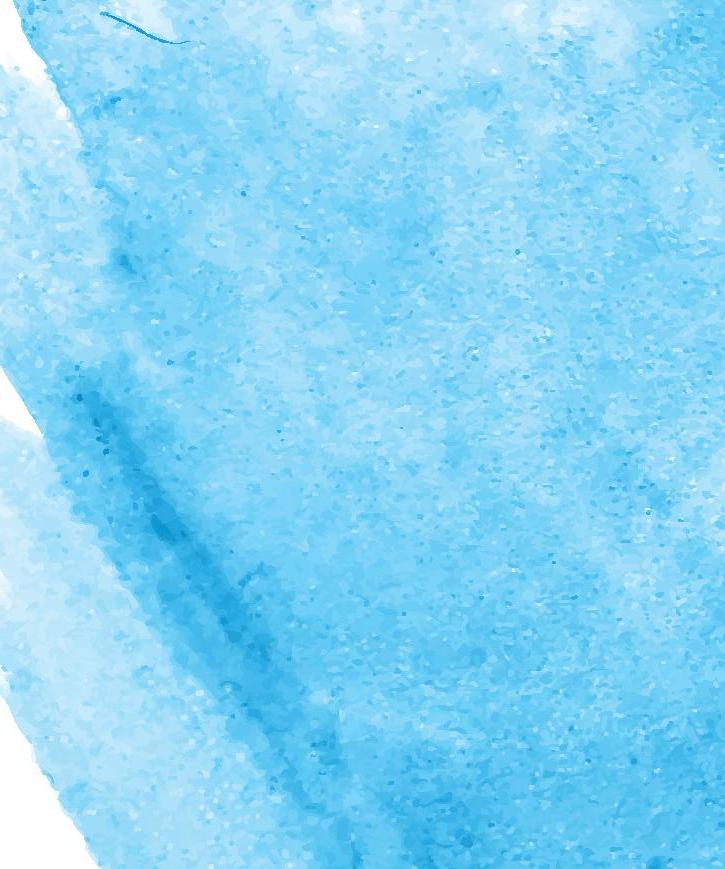
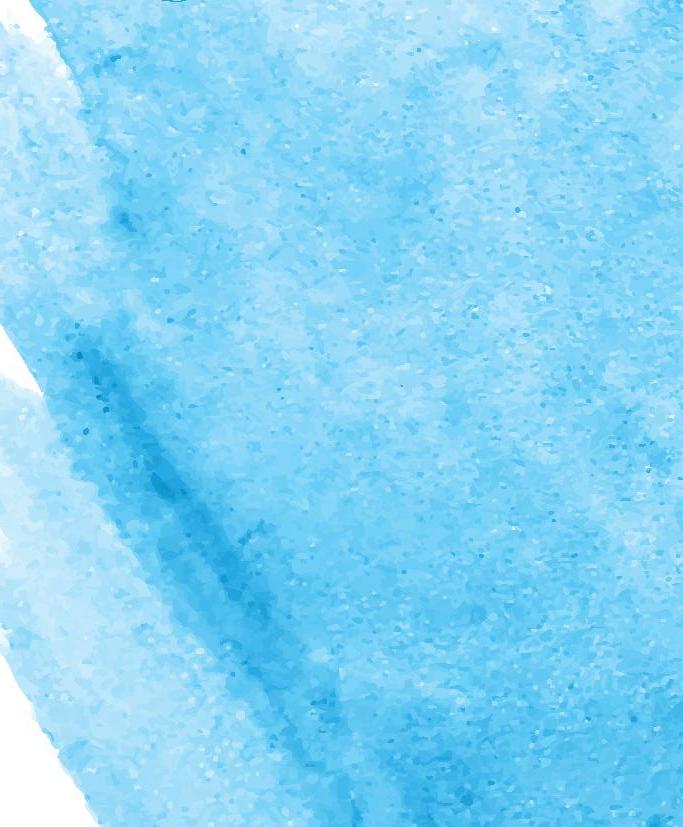
Callum Whitton



Year 10 Student
Together with a group of other Year 10 boys, myself, Mr Stansbie, Ms Anderson and Ms Howley were fortunate to be able to attend the P.A.R.T.Y (Prevention of Alcohol and Risk related Trauma in Youth) program, which took place at the Gold Coast University Hospital. The P.A.R.T.Y program is run by medical professionals including nurses, doctors, nurse practitioners, paramedics, occupational therapists and physiotherapists and aims to educate teens about the risks of drinking, doing drugs and the potentially life changing consequences that can happen as a result. The great thing about the program is that all of these people who are contributing are volunteering their time because they see the effects this risk-taking behaviour has every day, as a consequence of the work that they do.
We arrived and after walking inside realised we had to go up a floor. Due to the large number of students attending we took the public elevators where one group got stuck inside so it was an interesting start to the day! For the first part of the day we learned about what drugs and alcohol can do to your body as well as the effects they have on you and also your family. We did an activity where we used ‘beer goggles’ that not only impaired our vision, but also our motor function and we had to wear them while doing a variety of tasks. It did not make things easy.
We then saw some graphic examples of what happens when you take these risks. The outcomes weren’t pleasant. The staff were able to describe the injuries that people had sustained and showed us images of the situations that resulted. We also considered putting ourselves in the position of medical professionals and the family members who are supporting the trauma victims. This was an intense session and we needed a little break to eat and get ready for the next activities of the day.
We then went into an intensive care unit, learning about a boy named Alex and the story of his accident, including the various decisions that had been taken that led to it occurring. We also went through a reallife emergency room scenario where all the boys had different roles to play, to get a real feel of what would actually happen in the trauma unit. Again this was quite a confronting experience - one of us had to make the decision to stop giving CPR and another boy was playing the role of caring for the parents and having to tell them that their child had passed away.
In the afternoon, we moved through a series of workshops with the physio, occupational therapist and speech pathologist. We looked at how trauma patients
recover and learn to use wheelchairs, casts, slings, braces and cages. We tried eating meals and putting on clothes without the use of one arm, we also tried pureed food and thickened water that some patients need to eat for a considerable time.
The day finished with two speakers who told us about their stories and the way that it has changed their lives forever. We heard from a mum whose daughter had been killed in a road accident as a passenger when the driver had been affected by alcohol. She read us a poem she had written which brought several of us to tears. Finally we were able to speak to a lady who is a quadriplegic and permanently in a wheelchair as a result of an alcohol related accident. She controlled her wheelchair by moving her head and neck, which was the only other body part she could move. She told us about how her life is today, and will be in the future, and how reliant she is now on her family and carers. She spoke to us about what had led to the accident and the consequences that had occurred as a result of the decisions she had made.
The day was a big success for the boys, as we all enjoyed it but were challenged at the same time. We walked away from the hospital with changed minds and hearts.
